What is happening to my Hosta (rhino hide)?
Paradise Alcove LLC
6 years ago
last modified: 6 years ago
Featured Answer
Sort by:Oldest
Comments (26)
Paradise Alcove LLC
6 years agoRelated Discussions
Hosta 'Rhino Hide'
Comments (6)Josh, I probably sound a little boastful, but it is an exceptional plant. You wouldn't believe the diameter of the stalks on this thing unless you saw them yourself. It is so rigid and unlike any other hosta. The plant will eventually become available, but I have not yet decided about how it will be marketed. It will be exhibited in the AHS 2009 National Convention that will be held in Michigan. Don PS I'm currently waiting until some of the current divisions come to maturity before I register it because I want accurate dimensions of the plant....See MoreH. 'Rhino Hide'
Comments (31)I REALLY told myself I was going to slow down on the hosta purchases this summer because I added SO MANY last summer. I dug so much last year I gave myself an elbow injury. :) But...I of course just bid on a Rhino Hide on the library auction from Naylor. Along with a couple of others, of course. So I'm excited to receive it especially after seeing this post....See MoreSharing my love for Rhino Hide!
Comments (7)I like the leaf shape, and the blues. Being that they are both suspected Love Pat sports, The intent or hope is that likely their seedlings I keep as streaked breeders, hold truer to form and substance as I try other crosses down the line. Seeing most of my other hosta tattered and chewed, substance is now at the top of my priorities. (I am about to rename my Kaleidascope, Swiss Cheese!) The only downside I see aside from being late bloomers, is they do tend to grow slow in true Tokuduma fashion. I have a ways to wait for blooms yet, on that Love Pat streak, I think... as it needs to build up root mass and is just 2 small eyes. Im curious what it will look like down the road... but it is such a pretty blue!...See MoreRhino Hide rotted pips
Comments (5)Sorry to bump this up again. I dug it up and just tossed it. The roots looked good, but nothing at the soil line looked good. There almost wasn't anything there. I'm not too worried that it was a disease, although I'm pretty far from an expert in the matter. :[) I live in the Twin Cities. I got the hosta at the Friends Plant Sale, which I think is very reputable, and it's the first thing I've ever bought there that has failed. I think I might have watered the plant too much, or it took a hit because the night after I planted it, it was very, very cold. Just guessing. But it wasn't worth it to me for whatever risk there was. That being said...I have a small hole in my yard. IF there was something going on, what would I do in that spot to make it safe to put another plant? I know removing dirt, but do you put anything else in? Should I let it breathe for a little, then fill it in, or just fill it in? How soon till I can safely put in another plant? Thanks to all the people here who know more than me! :)...See Morenewhostalady Z6 ON, Canada
6 years agolast modified: 6 years agoParadise Alcove LLC thanked newhostalady Z6 ON, CanadaParadise Alcove LLC
6 years agoParadise Alcove LLC
6 years agoParadise Alcove LLC
6 years agoParadise Alcove LLC
6 years agoBabka NorCal 9b
6 years agoBabka NorCal 9b
6 years agoBabka NorCal 9b
6 years agoParadise Alcove LLC
6 years agolast modified: 6 years agoParadise Alcove LLC
6 years agolast modified: 6 years ago
Related Stories
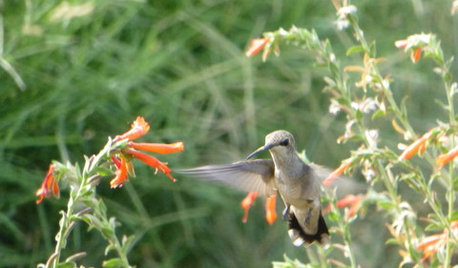
GARDENING GUIDESSweet Serendipity: Opening to Happy Garden Discoveries
Unplanned nature scenes can be unbelievably beautiful; you just need to know how to look
Full Story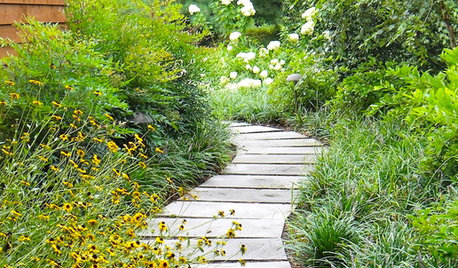
LANDSCAPE DESIGN7 Ways to Design a Garden That Flows and Intrigues
Transform a staccato yard into a smooth and relaxing delight by mastering the art of garden transitions
Full Story
GARDENING GUIDESNew Ways to Think About All That Mulch in the Garden
Before you go making a mountain out of a mulch hill, learn the facts about what your plants and soil really want
Full Story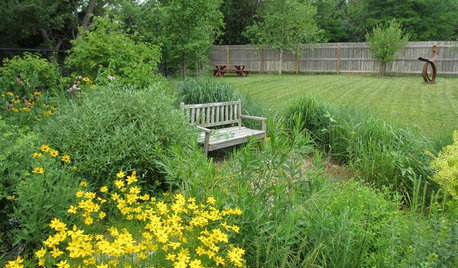
GARDENING GUIDESHow to Design a Garden That Lasts
Climates are changing. Wildlife is evolving. Can your garden keep up?
Full Story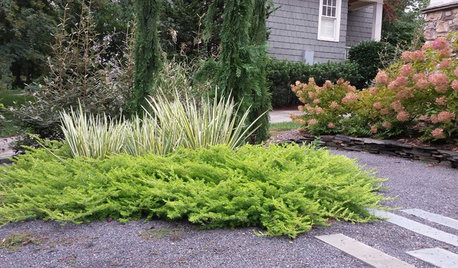
PLANTING IDEASThese Aren’t Your Grandparents’ Junipers
Dislike junipers? Maybe it’s time to discover new varieties and new uses for this garden workhorse
Full Story
HOUSEKEEPING7-Day Plan: Get a Spotless, Beautifully Organized Living Room
A task a day sends messes away. Take a week to get your living room in shape
Full Story
DECORATING GUIDESFrom Queasy Colors to Killer Tables: Your Worst Decorating Mistakes
Houzzers spill the beans about buying blunders, painting problems and DIY disasters
Full Story
FALL GARDENING7 Reasons Not to Clean Up Your Fall Garden
Before you pluck and rake, consider wildlife, the health of your plants and your own right to relax
Full Story
FENCES AND GATESHow to Choose the Right Fence
Get the privacy, security and animal safeguards you need with this guide to fencing options
Full Story
EARTH DAYThe Case for Losing the Traditional Lawn
Work less, help the environment and foster connections by just saying no to typical turf
Full Story


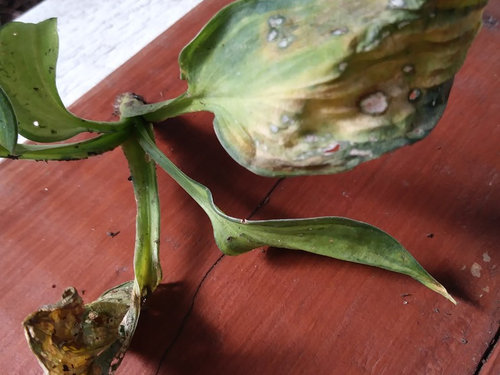





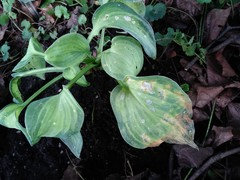
















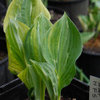


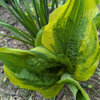
brucebanyaihsta